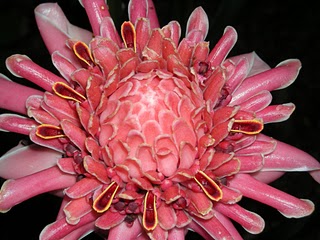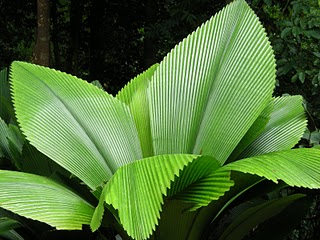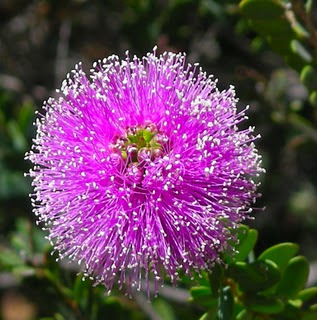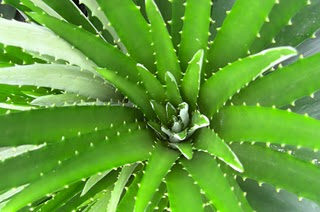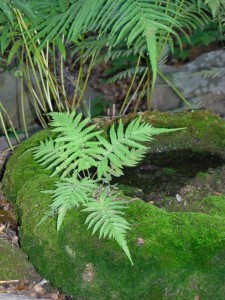
after reading the well written and researched “Green Gone Wrong – How our Economy is Undermining the Environmental Revolution” by Heather Rogers, I re-read the book
Natural Capitalism: The Next Industrial Revolution
by Paul Hawken, Amory B. Lovins, and L. Hunter Lovins (Nov 1, 2000- ISBN 0-316-35316-7)
the short answer to the question “what is natural capitalism?”: a way of thinking that seeks to apply market principles to all sources of material value, most importantly natural resources.
the authors have two related goals: first, to show the vast array of ecologically smart options available to businesses; second, to argue that it is possible for society and industry to adopt them.
they call their approach natural capitalism because it’s based on the principle that business can be good for the environment.
below are some direct quotes from the book, which I highly recommend reading, the more prominent and looming the uncertainty of survival of living forms and systems become.
quote
Climate
From space, the earth is blue because it is covered mainly by water. However, where it not for certain trace gases in the atmosphere, the earth would be a frigid icy white, and life as we know it would not exist.
Our dependable local star radiates energy in all directions, a bit of which falls on our own planet. As it turns and wobbles and wanders through an unimaginably chilly universe, the earth soaks in solar warmth. Billions of years of this cosmic rotisserie nurtured an enormous diversity of living forms and processes that, through photosynthesis and respiration, helped create an atmosphere. It is that band of gases that keeps life as we know it pleasantly warm.
The earth’s atmosphere seems vast to a person sheltered beneath it, but astronauts and cosmonauts see how tissue-thin it is against the black vastness of space.
Conservationist Jacques Cousteau and David Brower give us this helpful perspective:
“If the earth were the size of an egg, then all the water on the planet would be just a drop, all the air, if condensed to the density of water, would be a droplet only one-fortieth as big; all the arable land would be a not-quiet-visible speck of dust.
That drop, droplet, and speck are all that make the earth different from the moon.”
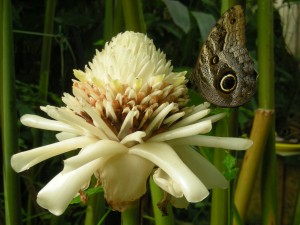
Natural capital
Natural capital comes about not by singular miracles but as the product of yeoman work carried out by thousands upon thousands of species in complex interactions. While scientists can identify the organisms that provide such things as food, pharmaceuticals, spices or fiber, no one fully understands their roles in the health of the ecosystem.
The best example of this is the most complex ecosystem on earth – soil.
Soil fertility is maintained by conversion processes carried out buy an extremely large number of organisms, some of which are poorly understood and some of which are unknown. Fertilizers notwithstanding, nutrient flows cannot be maintained without these processes.
Stanford University biologist Gretchen Daily calls the profusion of lie forms in the soil “staggering” – one teaspoon of good grassland soil may contain 5 billion bacteria, 20 million fungi, and 1 million protoctists.
Expand the census to a square meter and you will find, besides unthinkable numbers of the creatures already mentioned, perhaps 1”000 each of ants, spiders, wood lice, beetles and their larvae, and fly larvae, 2”000 each of earth worms and large myriapods (millipedes and centipedes) 8”000 slugs and snails, 20’000 pot worms, 40’000 springtails, 120’000 mites, and 12 million nematodes.
These life forms below ground weigh more than those above ground – the equivalent of a dozen horses per acre.
Besides providing fertility, the soil stores water, holding rain and runoff for later release, feeding streams while preventing flooding.
The fine particles in a pound of clay-rich soil contain about 100 acres of surface area on which to host biological and physiochemical interactions including buffering acidity from rain.
Soils decompose waste and remove litter, transforming animal, plant, and many types of human waste to nutrients and growing mediums.
Soils cleanse and filter pathogens and toxins. Antibiotics were discovered in soil.
Soil and soil organisms play an integral role in the cycling of nitrogen, carbon, and sulfur – the grand cycles that affect every aspect of climate.
The ultimate loop-closers, the basis of planetary metabolism, are the soil microorganism that turn back into nutrient flows everything that falls on or grows within the ground.
In Evan Eisenberg’s metaphor:
“The soil is less a factory than a souk, a casbah, a flea market, an economic free-for-all in which each buyer and seller pursues his or her own interest, and in which every scrap of merchandise – second-hand, seventh-hand, busted, salvaged, patched – is mined for its last ounce of value. Decay is good business because there are nutrients to be extracted and energy to be gained from the breaking of chemical bonds, if the net effect of the activity of the soil biota is overwhelmingly helpful – in fact, vital – to life on street level, it is not because nature has ordained it so, but because the various forms of life above and below ground have coevolved. “
Science can’t understand how plants grow until it understands the ecology of what they grow from. As Donald Worster put it: “we can no more manufacture a soil with a tank of chemicals than we can invent a rain forest or produce a single bird.”
And understanding soil, the ultimate natural capital (the Chinese call it the mother of all things) is in turn the key to turning agriculture from part of the climate problem into part of the solution.
Soil loss – especially the physical loss or biological impoverishment, hence carbon depletion, of humus – is currently far outpacing soil and humus formation and enrichment worldwide.
The interaction between plants and animals, in conjunction with natural rhythms of weather, water, and tides, provides the basis for the cycle of life, a cycle that is ancient, complex, and highly interconnected. When one of its components – say, the carbon cycle – is disrupted, it in turn affects oceans, soils, rainfall, heat, wind, disease.
Today, every part of the earth is influenced by human activity, and the consequences are unknowable.
Since it may not be possible to determine precisely which species are needed to maintain soil or other living systems, there is not way to state with any confidence which organisms we can do without (if any).
Natural capital can be viewed as the sum total of the ecological systems that support life, different from human-made capital in that natural capital cannot be produced by human activity. It is easy to overlook because it is the pond in which we swim, and, like fish, we are not aware we’re in the water.
Only when the services provided by ecosystem functions are unmistakably disrupted do we step back and reconsider.
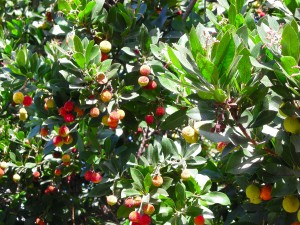
Environment as source of quality
Science provides a necessary basis for business to comprehend the emerging economics of living systems and ecosystem services.
In scientific terms, there is no phenomenon called production, only transformation.
No matter how energy or resources are used, scattered, or dispersed, their sum remains essentially the same, as dictated by the law of conservation of matter and energy.
This law is more than passing interest because it means that the term “consumption” is the abstract figment of economist’s imagination – that it is physically impossible in all processes or transformations.
What is consumed from the environment is not matter or energy but order or quality – the structure, concentration, or purity of matter. This is a critically important concept, because it is “quality” that business draws upon to create economic value.
Instead of focusing on whether physical resources will run out, it is more useful to be concerned about the specific aspects of the quality that natural capital produces: clean water and air, healthy soil, food, animals, forests, pollination, oceans, rivers; available and affordable sources of energy, and more.
If industry removes concentrated and structured matter from the system faster than it can be replaced, and at the same time destroys the means of its creation, namely ecosystems and habitats, it introduces a fundamental problem in production.
Humankind has a long history of destroying its environments, especially soil and forest cover.
In the face of this relentless loss of living systems, fractious political conflicts over laws, regulations, and business economics appear petty and small. It is not that these issues are unimportant but that they ignore the larger context.
Are we or are we not systematically reducing life and the capacity to re-create order on earth?
This is the level on which our discourse should take place, for it is there that a framework for both understanding and action can be formulated. In spite of what such signals as the GDP or the Dow Jones indicate, it is ultimately the capacity of the photosynthetic world and its nutrient flows that determine the quality and the quantity of life on earth.
Industry makes things.
It takes material – generally out of the ground – and processes them into desired forms.
These objects are distributed, sold, used, discarded, and then typically dumped back in or onto the ground.
Because economic consumption doesn’t create or destroy matter but only changes its location, form, and value, the same tonnages that were mined from the ground as resources, treated, transported, made into goods, and distributed to customers are then hauled away again as waste or emitted as pollution.
It its not the supplies of oil or copper that are beginning to limit our development but life itself. Today, our continuing progress is restricted not by the number of fishing boats but the decreasing numbers of fish, not by the power of pumps but by the depletion of aquifers, not by the number of chainsaws but the disappearance of primary forests.
While living systems are the source of such desired materials as wood, fish, or food, of utmost importance are the services that they offer, services that are far more critical to human prosperity than are nonrenewable resources.
A forest provides not only the resources of wood but also the services of water storage and flood management. A healthy environment automatically supplies not only clean air and water, rainfall, ocean productivity, fertile soil, and watershed resilience but also such less-appreciated functions as waste processing (both natural and industrial), buffering against the extremes of weather, and regeneration of atmosphere.
Humankind has inherited a 3.8 billion year store of natural capital.
As present rates of use and degradation, there will be little left by the end of the next century. This is not only a matter of aesthetics and morality, it is of the utmost practical concerns to society and all people.
Despite reams of press about the state of the environment and rafts of laws attempting to prevent further loss, the stock of natural capital is plummeting and the vital life-giving services that flow from it are critical to our prosperity.
Natural capital recognizes the critical interdependency between the production and use of human-made capital and the maintenance and supply of natural capital.
unquote
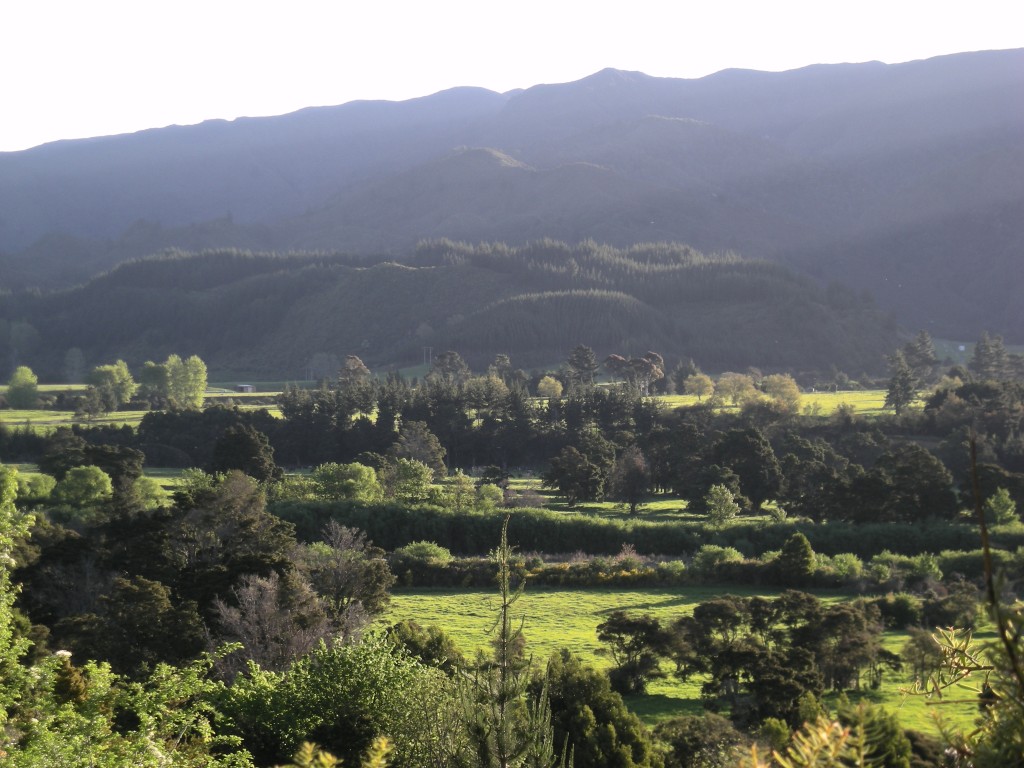
we measure everything by output, disregarding input -but their interdependence is LIFE itself.

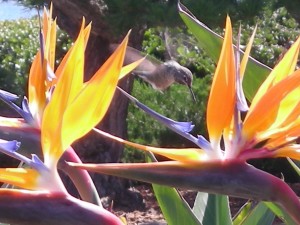
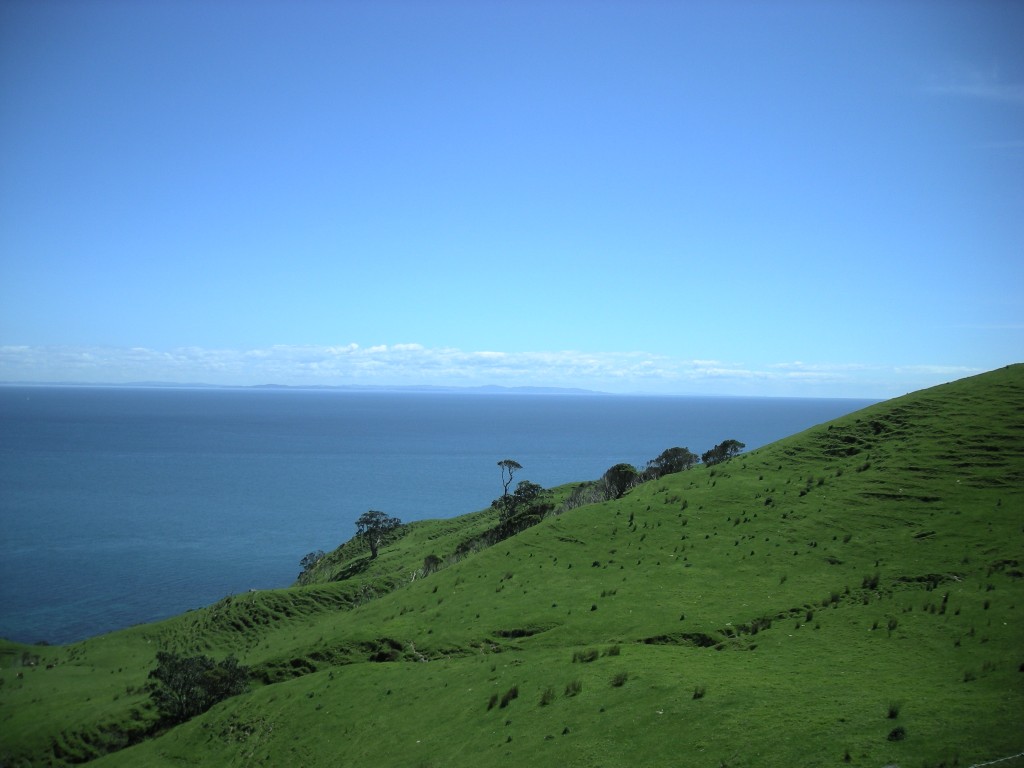
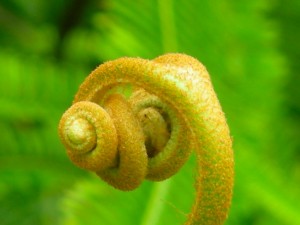
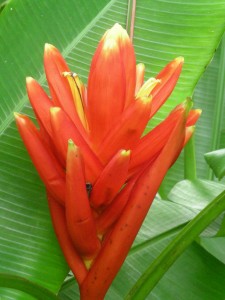

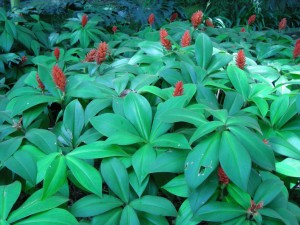




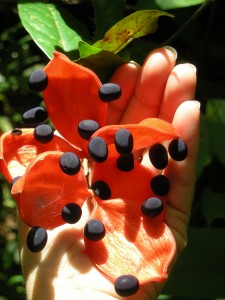

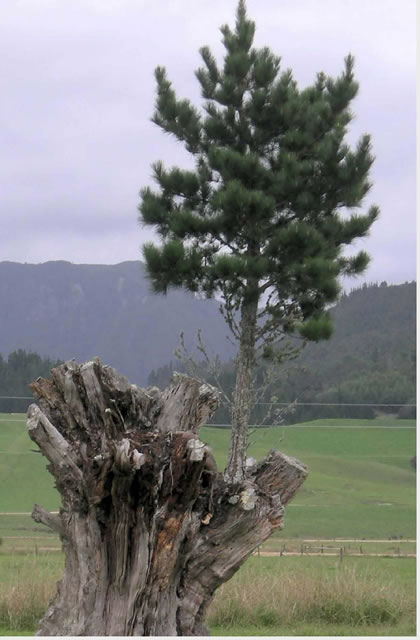

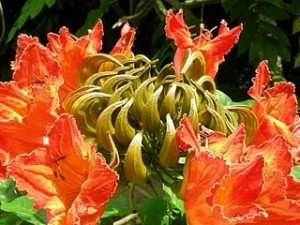
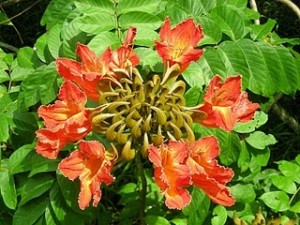
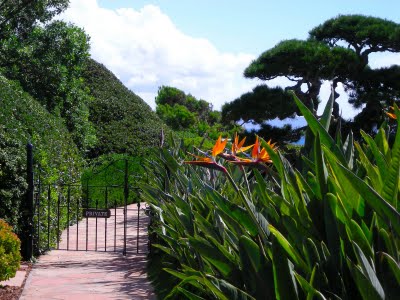
 on the validity of a great idea…
on the validity of a great idea…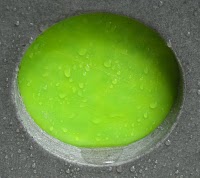

 what an ingenious use for ping-pong balls…!!!
what an ingenious use for ping-pong balls…!!!

 …. for every day
…. for every day